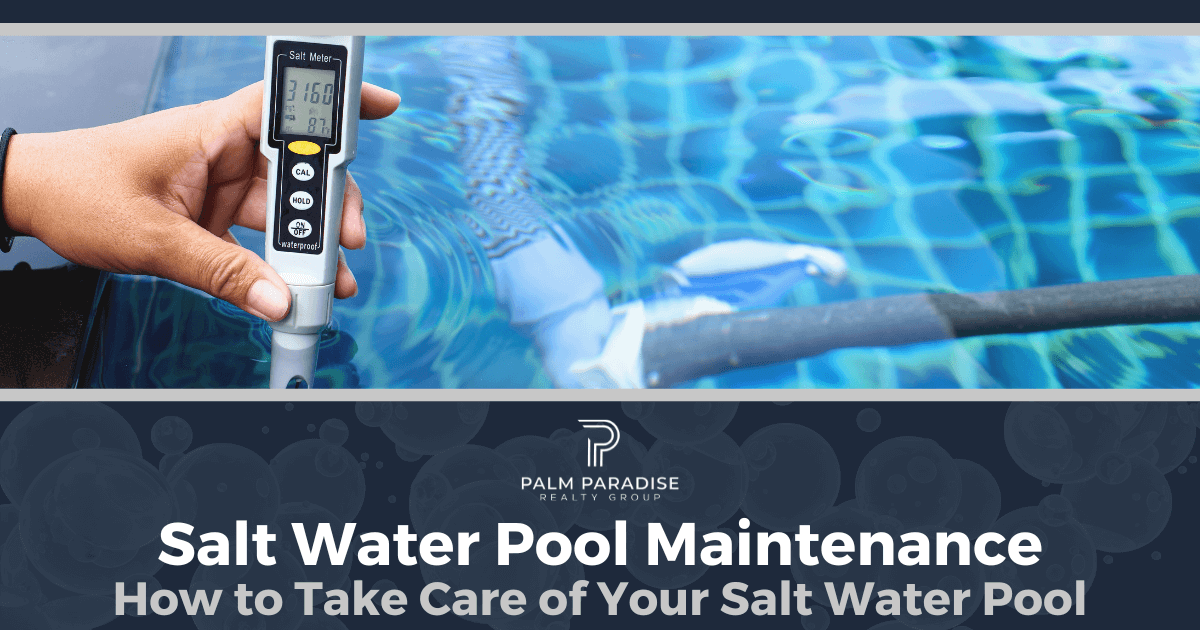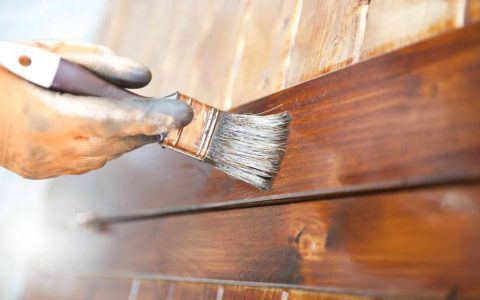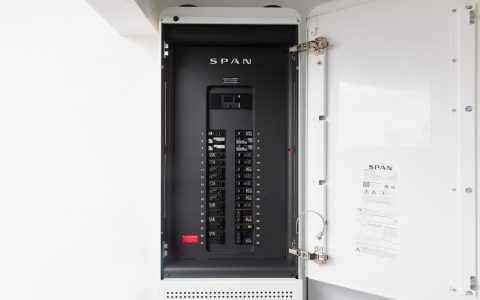Effective saltwater pool maintenance ensures clear, safe water and prolongs equipment life. Key areas require consistent attention.
Water Chemistry Testing
- Free Chlorine: Test 2-3 times per week. Ideal range: 1-3 ppm (parts per million).
- pH: Test 2-3 times per week. Ideal range: 7.4-7.6. Saltwater pools often experience a natural rise in pH.
- Salt Level: Test monthly or as indicated by your chlorinator. Ideal range: Typically 2500-4500 ppm, but always consult your salt chlorine generator (SCG) manual.
- Total Alkalinity (TA): Test monthly. Ideal range: 80-120 ppm. Acts as a pH buffer.
- Calcium Hardness (CH): Test monthly. Ideal range: 200-400 ppm. Prevents corrosion and scaling.
- Stabilizer (Cyanuric Acid - CYA): Test monthly. Ideal range: 60-80 ppm for saltwater pools (can vary, check SCG manual). Protects chlorine from UV degradation.
Salt Chlorine Generator (SCG) Management
The SCG converts salt into chlorine. Proper management is crucial.
- Output Adjustment: Adjust the chlorine production percentage based on test results, bather load, and weather conditions.
- Boost/Super Chlorinate: Use this feature after heavy pool use, storms, or if algae is suspected.
- Cell Inspection & Cleaning: Inspect the cell every 2-3 months for calcium buildup (scaling). Clean according to the manufacturer’s instructions, typically using a mild acid solution (e.g., a 1:15 dilution of muriatic acid to water or a commercial cell cleaning solution). Never scrape the cell plates.
- Flow Rate: Ensure proper water flow through the SCG as insufficient flow can halt chlorine production or damage the cell.
Maintaining Water Balance
Beyond chlorine and salt, other parameters are vital:

- pH: If high, add pH decreaser (e.g., muriatic acid or sodium bisulfate). If low, add pH increaser (e.g., soda ash).
- Total Alkalinity: If low, add alkalinity increaser (sodium bicarbonate). If high, aeration and careful addition of acid can lower it.
- Calcium Hardness: If low, add calcium chloride. If high, partial drain and refill with softer water may be necessary.
- Stabilizer: If low, add cyanuric acid. If too high, partial drain and refill is the primary solution.
Routine Pool Upkeep
- Skimming: Remove surface debris daily.
- Brushing: Brush walls, steps, and floor weekly to prevent algae and scale.
- Vacuuming: Vacuum as needed to remove settled debris.
- Filter Cleaning: Clean the filter (cartridge, sand, or D.E.) regularly based on pressure gauge readings or manufacturer guidelines.
- Water Level: Maintain water level halfway up the skimmer opening for optimal circulation.
Professional Tip: Record all chemical additions and test results in a logbook. This helps track trends and troubleshoot issues more effectively.







